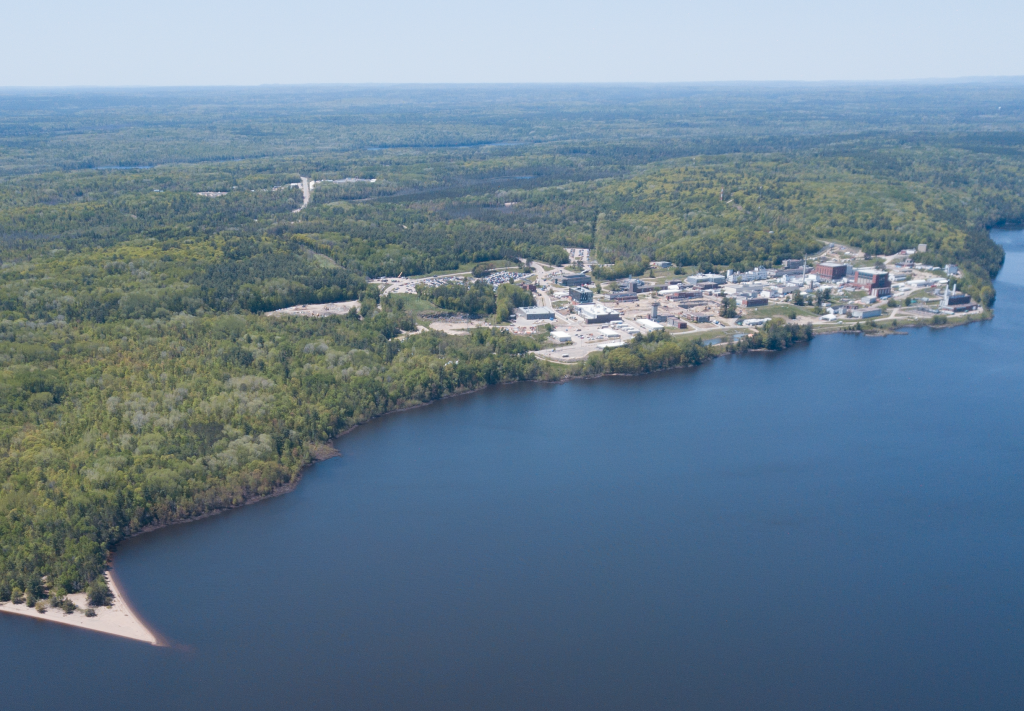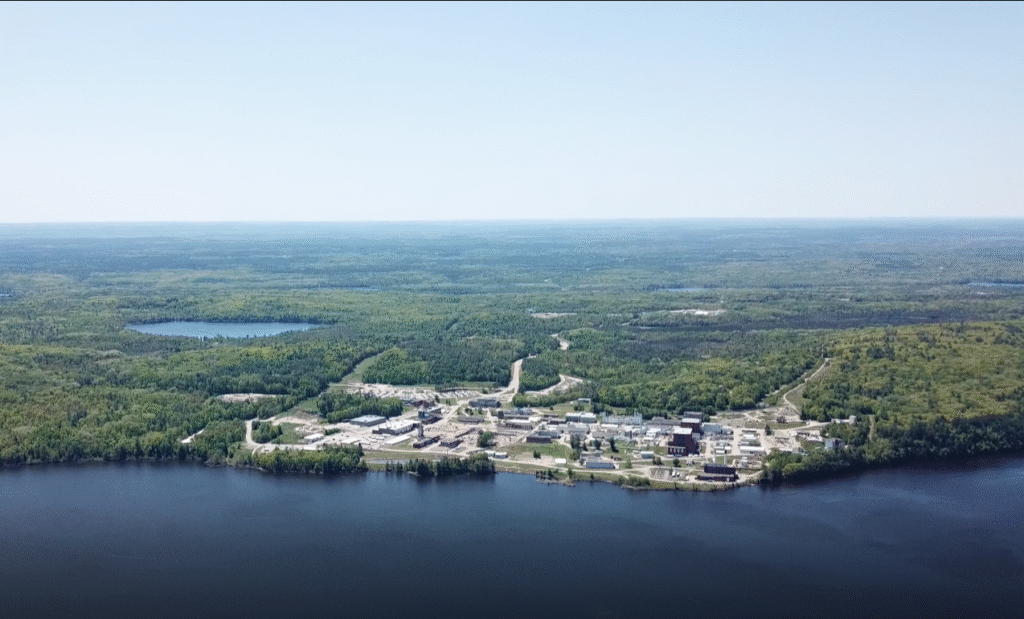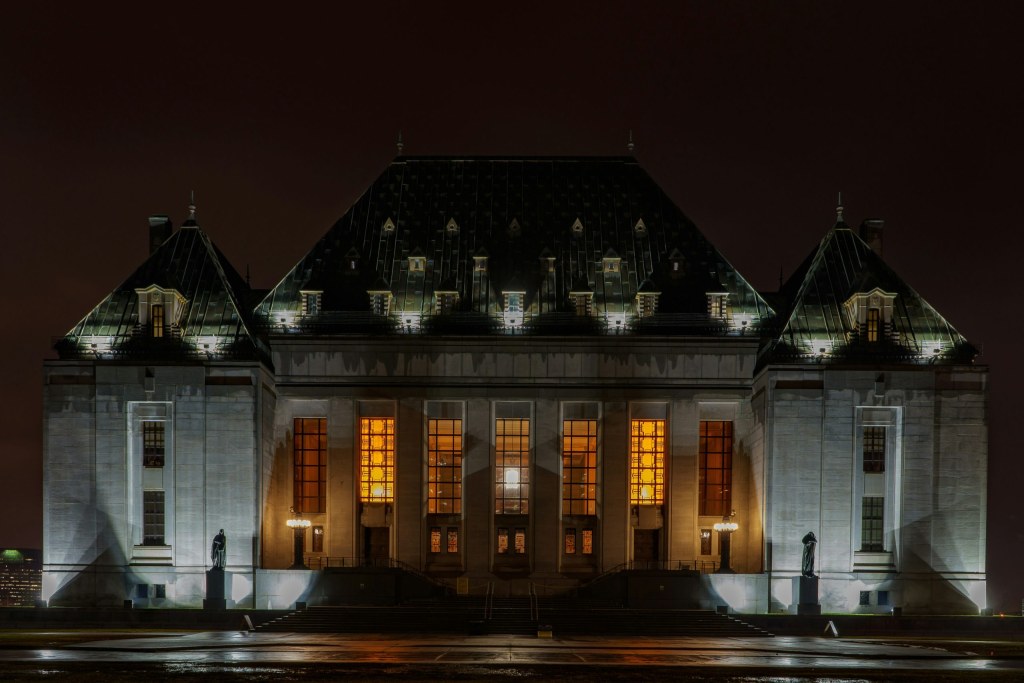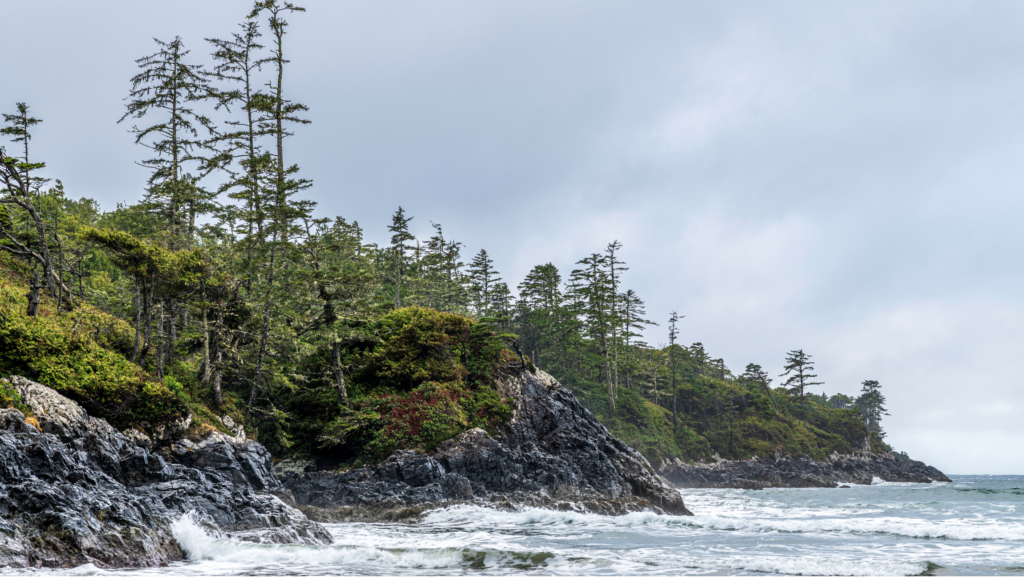Canadian Nuclear Laboratories proposed the Near Surface Disposal Facility (NSDF) for its nuclear waste in 2016, a project which needed to go through the environmental assessment process. With any environmental assessment, affected Indigenous Nations must be consulted by the provincial and/or federal governments to make sure their rights are protected from the environmental, social, and cultural effects of the project. This is known as the Duty to Consult and Accommodate, and it arises from s.35 of the Constitution Act, 1982.
Kebaowek has filed a judicial review arguing that the Canadian Nuclear Safety Commission (CNSC) did not properly consult them for the NSDF project. Although Kebaowek received a precedent-setting extension to their consultation period after emphasizing how much they want their voice to be respected, the CNSC made the unilateral decision to not include the UNDRIP in their consultations.
UNDRIP calls for governments to respect Indigenous Peoples’ free, prior, and informed consent ahead of projects that will alter the course of their lives, livelihoods, and territories. The CNSC stated that it did not have the power to determine how UNDRIP should be applied in Canadian law, and went through the “business-as-usual” model for consultation of ticking off any boxes necessary to push the NSDF project through.
In advance of the CNSC decision on January 9th, 2024, the federal government passed Bill C-15 in 2021, the United Nations Declaration on the Rights of Indigenous Peoples Act (UNDA 2021), following this specific call to action made by the Truth and Reconciliation Commission in 2015. This Act puts the principles of UNDRIP into Canadian law, and under article 29.2 of UNDRIP, it specifies:
Storage or disposal of hazardous materials: States shall take effective measures to ensure that no storage or disposal of hazardous materials shall take place in the lands or territories of indigenous peoples without their free, prior and informed consent.
Kebaowek believes that, in the spirit of reconciliation and protecting all of human and non-human life from radioactive waste, Canada must implement free, prior, and informed consent into the consultation process because UNDA 2021 puts article 29.2 of UNDRIP into Canadian law.
Kebaowek First Nation contends that the Commission failed to properly uphold its duty to consult, and as such, has failed to uphold the constitutionally protected and inherent rights of Indigenous Peoples. The risk of harm from the proposed NSDF is not only a First Nations issue; it also affects all individuals, animals, plants, and waters in the vicinity. We are doing this on behalf of our People and all Canadians who depend on the Ottawa River as their drinking water source.
— Lance Haymond, Chief
From APTN National News
A favourable decision for Kebaowek First Nation would be groundbreaking for Indigenous Nations across Canada. It would require the Canadian government to get the free, prior, and informed consent of Indigenous Nations over toxic waste facilities in the environmental assessment process. It would also require the government to incorporate consent when the Duty to Consult and Accommodate is triggered in the environmental assessment process. This legal case will be one of the leading cases for implementing UNDRIP into Canadian law, protecting Indigenous sovereignty, culture, and territories for generations to come.






